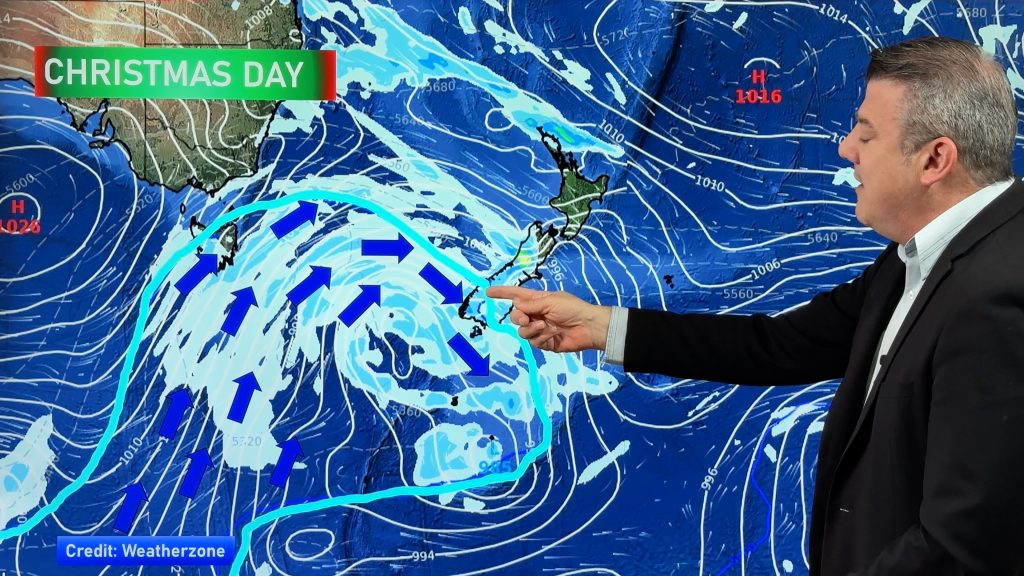
> From the WeatherWatch archives
Forget about sharks – the real danger in the water this summer is small, blue and packs a real punch.
Twenty beachgoers have been treated for bluebottle stings during the past week by lifeguards patrolling Northland beaches.
The influx of bluebottles, also known as the Portuguese man o’ war, has been put down to the La Nina weather pattern.
Lifeguards at Ocean Beach gave first aid to nine people suffering stings. Waipu treated six people and Ruakaka reported five. The majority of people treated were children under the age of 10 who had been stung while trying to pick them up on the beaches.
Whangarei Heads Surf Lifesaving club captain Thom Horton said a young girl was stung when she grabbed one.
Another incident at Ocean Beach over the weekend saw a boy suffer 1cm-wide welts on his knee, around his leg and on his hands.
Department of Conservation marine technical support officer Paul Bussion said bluebottles had harpoon-like stingers called nematocysts, which were released when specific cells in their tentacles were touched.
He said they were “quite poisonous” and capable of harming large fish.
“I’d certainly be keeping my children away from them. If children are out in the water, you should keep your eye out for bluebottles, as they’re difficult to spot,” he said. “On the beach, do not pick them up and a good idea is for parents to identify bluebottles to their kids.”
Waipu Cove Regional Lifeguard Service patrol captain Nick Tomkins said Waipu beach was scattered with the jellyfish.
“There are lots of baby ones that don’t sting and then there are lots of bigger ones that do sting and really hurt,” he said.
According to Mr Bussion, the bluebottle’s tentacles can grow up to 15m long.
He was unsure how much longer the bluebottles would litter Northland beaches.
TREATMENT
- Place the sting area in water as hot as is bearable.
- If the heat does not relieve the pain, use cold packs or ice on the sting area.
- Seek urgent medical attention if pain develops, the sting area is large or the patient appears to be having an allergic reaction.
- Keep the patient at rest and under constant observation.
- Pick off any remaining tentacles with fingers or tweezers; harmless prickling may be felt.
- Rinse with sea water.
– NZHerald / APN
Homepage image / Zelda Wynn
Comments
Before you add a new comment, take note this story was published on 27 Jan 2011.




Add new comment
Debbie on 27/01/2011 7:13pm
They were at Bland Bay over New Years. My granddaughter picked one up from the sand thinking she had saved a fish – luckily she wasn’t stung.
We noticed at few after that.
Reply
Linda on 27/01/2011 2:33am
Rub black sand (were on west coast) all over the sting and rinse in fresh water and then do that over and over again to get rid of the poison. I remember the beach use to get closed sometimes because there were so many.
Reply
Jessica on 27/01/2011 2:05am
I noticed these three weeks ago when I was away at Coromandal. Nearly walked on a few stranded on the beach & saw a couple swim past me ;-S . That and the random stingray.
Reply